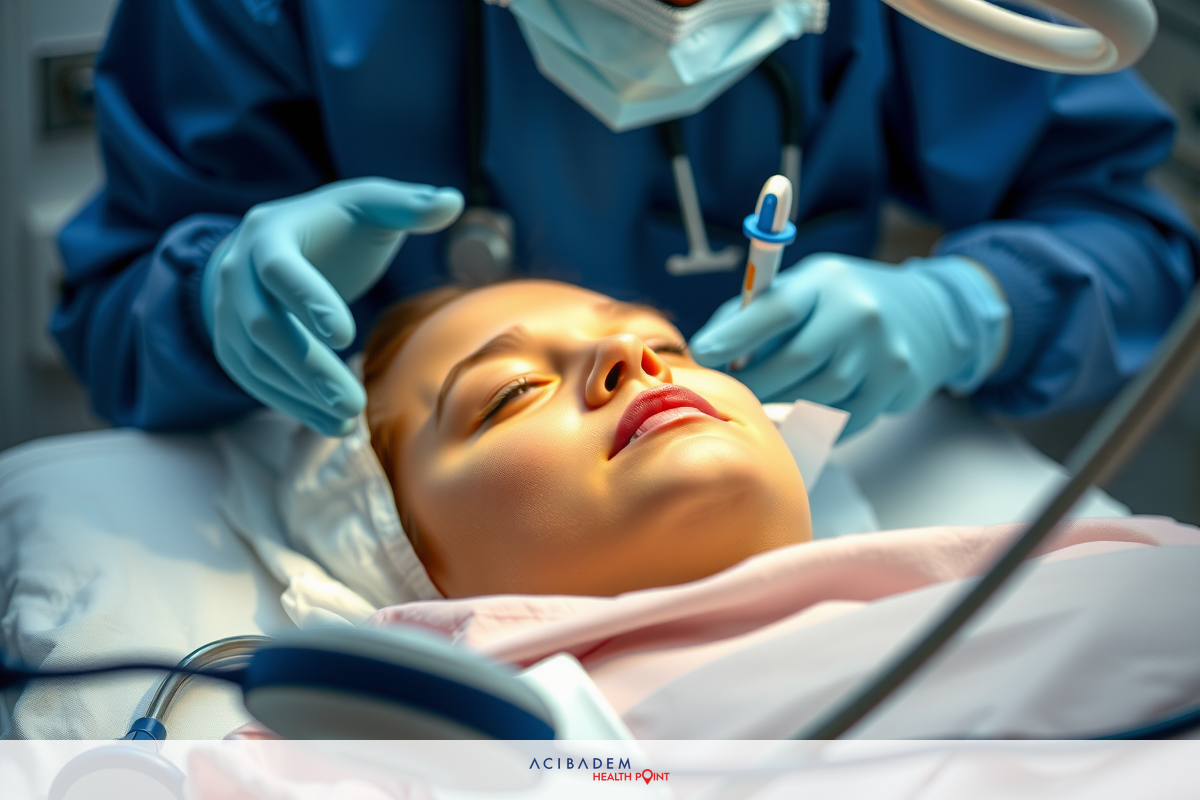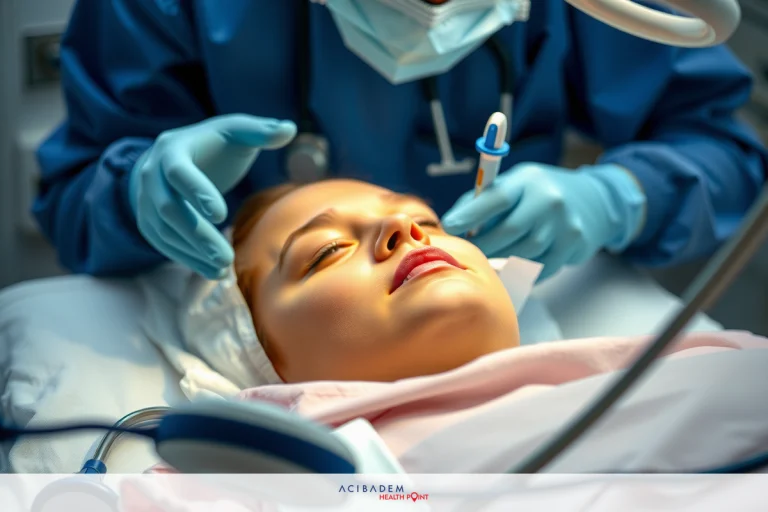Do They Pack Your Nose After Deviated Septum Surgery?
Do They Pack Your Nose After Deviated Septum Surgery? Deviated septum surgery, also known as septoplasty, is a procedure that corrects a crooked septum to improve breathing and alleviate nasal blockage. One of the major concerns patients often have is what happens post-surgery, particularly regarding nose packing.
Packing the nose after deviated septum surgery is a common practice. It aims to minimize bleeding and maintain the new shape of the septum. This article provides insights into what you can expect post- operatively, how nose packing aids in recovery, and answers frequently asked questions about the process.
Post-Operative Care
Deviated septum surgery, otherwise known as septoplasty, is a common procedure that can greatly improve your quality of life. However, the post-operative care is just as important as the surgery itself for ensuring optimal healing and recovery. The first few weeks after surgery are crucial in shaping your recovery journey.
In the first few days following deviated septum surgery, it’s essential to rest and keep your head elevated. This helps to reduce swelling and promotes healing. Drinking plenty of fluids and maintaining a healthy diet can also contribute significantly to your recovery. Avoid strenuous activities and heavy lifting, as they can cause strain and potentially lead to complications. You may experience some discomfort or pain after the surgery; this is normal and can be managed with prescribed pain medication.
Nose packing is often used by surgeons after deviated septum surgery. It involves placing gauze or soft materials inside the nostrils, which helps in minimizing bleeding and holding the septum in its new position while it heals. Nose packing is typically removed a few days after surgery by your doctor. Most patients find that their breathing significantly improves once the packing has been removed.
Keeping the surgical site clean is vital for preventing infection and promoting healing. Your doctor will provide you with instructions on how to clean your nose safely without causing damage to the surgical site. This usually involves using a saline rinse to gently cleanse the inside of your nose.
Regular follow-ups with your doctor are also an integral part of post-operative care. These visits allow your healthcare provider to monitor your progress, address any concerns you may have, and adjust your treatment plan if necessary. By adhering to these post-operative care steps, you set yourself up for a smoother recovery after deviated septum surgery.

Breathing Comfortably
In the immediate aftermath of deviated septum surgery, your ability to breathe comfortably through your nose might be affected due to the presence of nose packing. This is a temporary situation, as the packing is used primarily to maintain the newly adjusted shape of the septum and minimize post-operative bleeding. It’s important to remember that this is a crucial step in ensuring an effective recovery and enhancing your future breathing capacity.
The nose packing used after deviated septum surgery is usually composed of soft materials or gauze. It can cause a sensation of blockage in your nostrils, which may initially make it feel like your breathing has not improved. However, it’s essential to note that this feeling is only temporary and actually paves the way for improved airflow once the packing is removed. During this period, you may have to breathe through your mouth, and some patients find using a humidifier at night can help keep their mouth from becoming too dry.
Within a few days following surgery, your healthcare provider will usually remove the packing from your nose. This is typically a quick process and provides immediate relief. Most patients report a significant improvement in their ability to breathe comfortably following the removal of their nasal packs. The enhanced airflow experienced after this step is often one of the first noticeable benefits of having undergone deviated septum surgery. As your recovery continues, you’ll likely notice further improvements in your breathing comfort as swelling decreases and the surgical site heals completely.
Frequently Asked Questions
Will I have nose packing after deviated septum surgery?
Yes, it is common for nose packing to be used after deviated septum surgery. The purpose of the packing is to minimize bleeding and support the newly adjusted septum during the initial healing phase. Your doctor will let you know if nose packing will be part of your post-operative care plan.
How long will the nose packing stay in place?
The duration that nose packing remains in place varies from patient to patient. Generally, it is removed within a few days following the surgery during a follow-up visit with your healthcare provider. They will assess your progress and determine the appropriate time for removing the packing based on your individual healing process.
Can I breathe through my nose with the packing in place?
Breathing through your nose can be challenging while the nasal packing is in place. The packing may create a sensation of blockage or congestion, making it difficult to breathe comfortably through your nose during this time. However, this is temporary, and once the packing is removed, most patients experience a significant improvement in their ability to breathe through their nose.
Is nose packing painful when it's removed?
The removal of nasal packing is typically not painful. While you may feel some mild discomfort or pressure during the removal process, it is generally well- tolerated by patients. If you have any concerns about pain or discomfort during this procedure, it's important to discuss them with your healthcare provider beforehand so they can address them appropriately.
Are there any potential complications associated with nose packing?
While rare, there can be some potential complications associated with nose packing. These can include discomfort, nasal dryness, and, in extremely rare cases, infection. It's important to follow your doctor's instructions for care and hygiene during the period when the packing is in place to minimize the risk of complications. If you experience severe pain, excessive bleeding, or any other concerning symptoms, it is crucial to contact your healthcare provider immediately.








